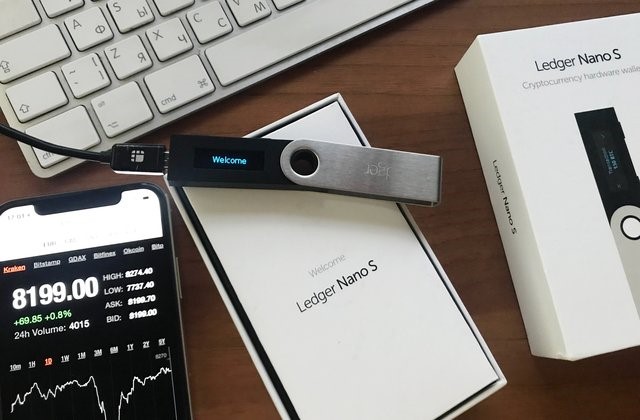
CONSUMERS are failing to secure loans from traditional banks, amid low salaries and rising costs, a new report has shown.
In its IH Zimbabwe Consumer Sector Report 2025, financial services firm, IH Securities, said salaries were less than US$100 per month.
“The National Financial Inclusion Strategy 1 was launched in 2016 in a bid to improve access to quality and affordable financial services to previously underserved communities,” IH Securities said.
“Deliberate measures undertaken within the period to stimulate participation include initiatives ranging from lowering know-your-customer (KYC) requirements, financial literacy programmes, digitisation drives and the establishment of women’s and micro, small and medium enterprises desks in the halls of banking institutions.”
IH Securities said this movement had been further propagated by mobile money usage.
“Whilst the percentage of loans going to individuals has increased from 13,6% at the beginning of 2020 to 28,4% as of 1Q25, there remains a largely underfinanced cache in traditional banking channels, with active microfinance clients seeing exponential growth,” IH Securities said.
Consumers are struggling to access loans from banks due to the tight monetary policy, which has constrained lending, thereby creating a liquidity crisis.
The causes behind consumers seeking loans have to do with the rising cost of living at a time when wages continue to shrink and the market continues to record job losses.
- Chamisa under fire over US$120K donation
- Mavhunga puts DeMbare into Chibuku quarterfinals
- Pension funds bet on Cabora Bassa oilfields
- Councils defy govt fire tender directive
Keep Reading
“Average earnings of 55% of the employed population were less than US$100,” IH Securities said.
“Job losses within the 3 months of the reporting period emanated mainly from those engaged in agriculture and domestic activities, while IT and electricity sectors had the lowest job losses.”
These findings are based on statistics in the Zimbabwe National Statistics Agency’s Labour Force third quarter report for 2024.
“On a USD basis, to May, prices in almost all categories registered higher than the same period last year,” IH Securities said.
“Food prices rose 21,6% between May 2024 and May 2025, spurred on by meat prices, which were up 27,9%. Rentals also saw a 16,1% rise in the year, whilst energy prices remained flat year on year in USD terms.”
With these rising costs, amid staggered incomes, consumers are turning to loans for day-to-day costs.
Despite these challenges, IH Securities revealed that the consumer landscape in 2025 looked stronger, as the country emerged from setbacks caused by El Niño conditions and recovering commodity prices.
“We also believe that consumer demand in the year will be further buoyed by strengthening remittances, which grew 22% in 2024 to US$2,2 billion,” IH Securities said.
“We believe that all these factors tie up to a recovery in aggregate demand in 2025.”










